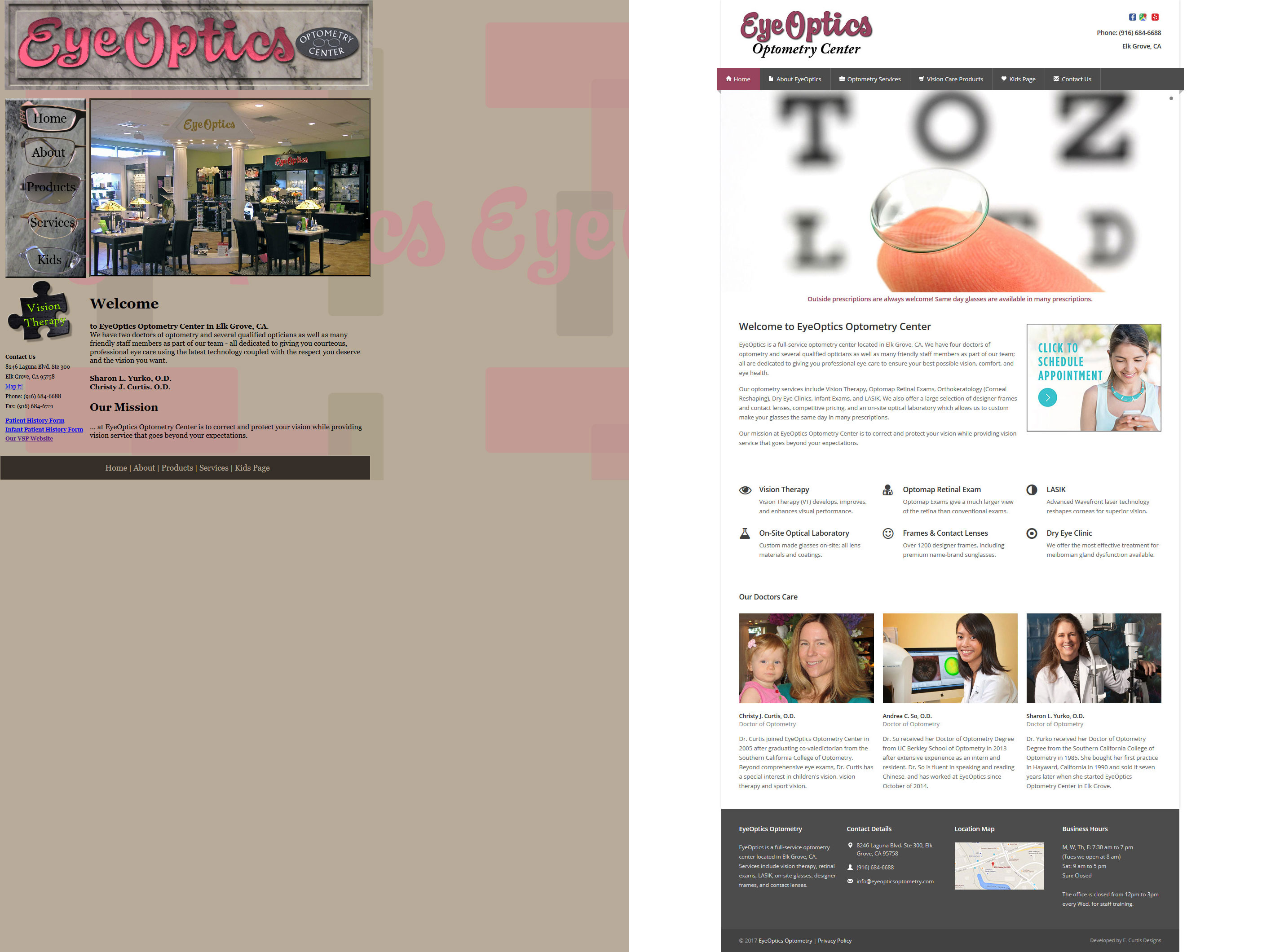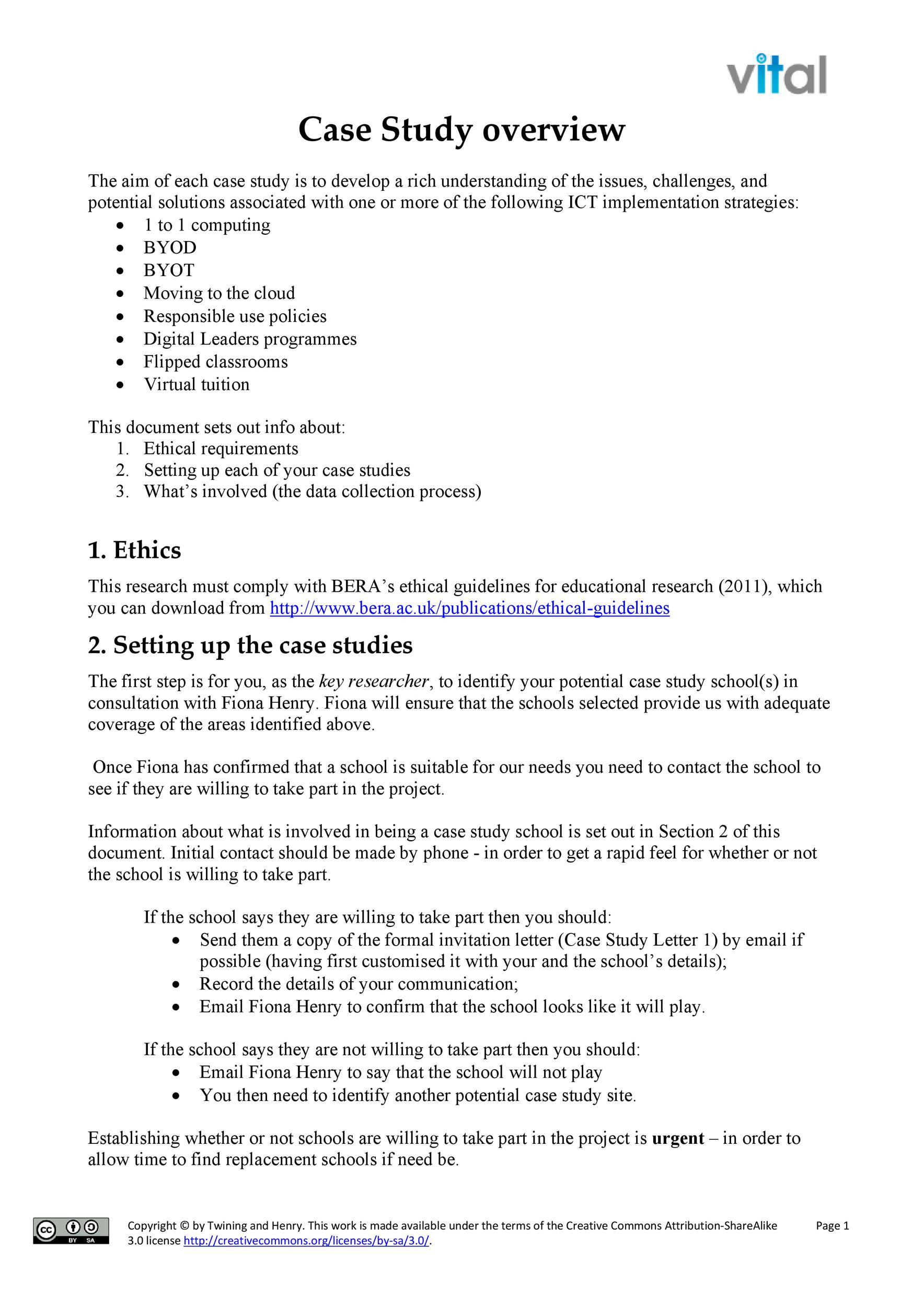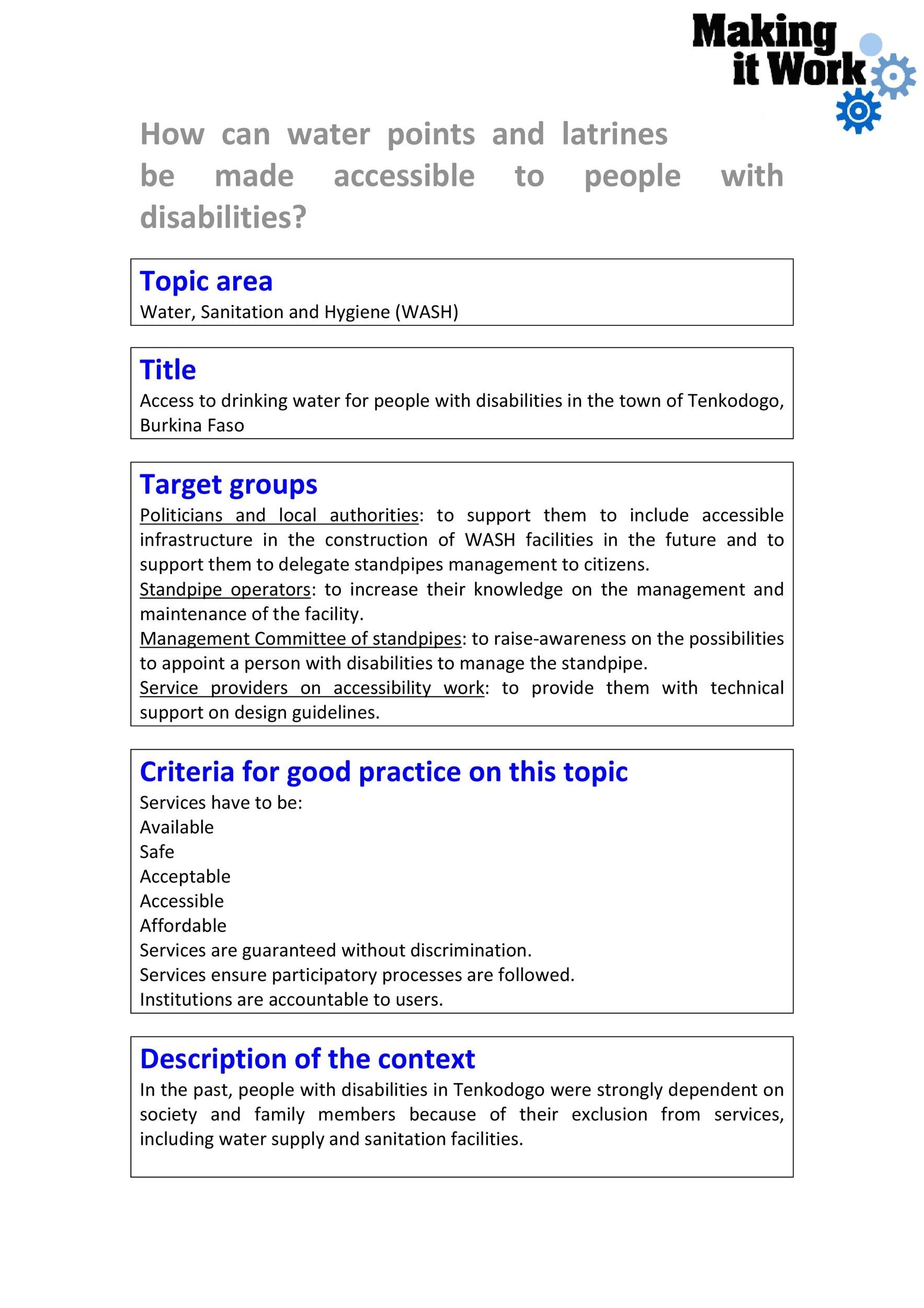Table Of Content

By defining your target audience, you can tailor your case study’s insights and key takeaways to meet their expectations. Antonio Vidakovik’s case study has some of the best visuals, making it a great example to follow as you work on your portfolio. His user flow charts have a simple design, but they feature bright colors and succinct descriptions of each step. Vidakovik also does a good job explaining his user interface design decisions. When creating your own case study, remember to walk your users through the design process, the challenges you faced, and your solutions.

Feedback

Wireframes were created, a moldboard developed, and finally, individual pages of the app were designed in line with the initial goals. This section is reserved for revealing the final design solution you arrived at. You should explain what went into any final design decisions, and include images of the final product (or high-fidelity mockups), as well as the final UX documents that you created, such as prototypes or wireframes. This is where you’ll start to get into the specifics of the project by explaining the design problem you were tasked with solving. Why was this project valuable to both the product’s users and the company’s business goals? Include any research or competitive analysis data that helps explain why the project was important, including any surveys of users or usage data.
Business Case Study Examples
This case study delves into how Cox Automotive’s Manheim division, used LogRocket to optimize their customers’ digital experience for remote car auctions. It starts by highlighting the three key outcomes before giving us an executive summary of the case study. The rest of the case study takes us through the process of achieving the highlighted outcomes. This case study highlights the importance of proactive problem-solving and creative thinking in the design process. The creators laid out some key problems, identified design opportunities in them, and effectively leveraged them to create an app. This case study shows how a structured design process, user-centered approach, and effective communication can help you stand out.
Is it worth creating a UX case study?
Less is often more, and this is especially true when it comes to creating designs. Whilst you want to create a professional-looking, well-written and design case study – there’s no need to overcomplicate things. In business case study examples like the one above, we can see that the company has been thought about holistically simply by the use of icons. Whether you’re a B2B or B2C company, business case studies can be a powerful resource to help with your sales, marketing, and even internal departmental awareness.
Transforming the design process at
So, if you’re trying to learn how to write a case study, you must know how to present your design process. So, start by dividing your design process into distinct stages or phases. This could include UX research, ideation, prototyping, testing, and implementation.
By doing this, it activates the caption and justifies its existence and the work it takes to write them by the designer. Below are five of the most important areas that go beyond the basics of case study writing and get into the more challenging parts that can provide a far greater reward. Together, they can turn good designers into great design storytellers—and set them up for greater success later on as professionals. Since clients are so important, we ought to think about them often and strive to make entering into partnership with us as easy and painless as possible. Design portfolios are a first impression, an opportunity to put potential clients at ease and show that we understand their needs. We need their problems, their insights, their feedback, and their investments in the solutions we provide.
“Iconfinder Logo,” SoftFacadeSoftFacade completely reimagined Iconfinder’s existing identity and came up with a shiny and modern robot character. “A Systematic Approach to Logo Design,” Adham DannawayIcon design can be time-consuming. But they can be more than that — digestible, thorough stories that showcase skills, values and process. The first step, before starting your case study research, is to think about what you aim to learn or what you aim to prove. In some of the business case study examples above, icons are used to represent the impressive areas of growth and are presented in a way that grabs your attention.
Industrial Design Case Study: Curve ID's Space-Saving Cookware for All Clad - Core77.com
Industrial Design Case Study: Curve ID's Space-Saving Cookware for All Clad.
Posted: Fri, 05 Jan 2024 08:00:00 GMT [source]
Is to create a digital innovative culture in which citizens are engaged, and more inclusive services are build. To reach this the municipalities started several initiatives with design thinking. In these initiatives one of the objectives was to find out how design thinking can help us to develop innovative and inclusive services.
UX research
Lastly, to learn how to write a case study, you must know that visual elements make your case study more interactive and immersive. They capture the reader’s interest and keep them engaged throughout the narrative. Such transparency helps people who will read your case study understand your approach and the depth of your work.
Write a short introduction to the usability testing you conducted and summarize your usability test findings. Explain the methods you used to conduct user testing, such as remote testing, in-person testing, or A/B testing. Describe the feedback you received from users and any changes you made to the design based on that feedback. If you didn’t have time to make any changes, write notes on what you might try next. To include user research in your case study, start by explaining the methods used to collect data.
Cristiano shares his process for designing an open platform to democratize access to bike maps of Brazilian cities. Because of the situation we're in, e-commerce is booming right now, and I thought it might be useful to cover ta few case studies on the subject. In this one, Tiago shares his initial process for redesigning an e-commerce site for a small Portuguese shirt tailor. Although the case study is a few years old, his methods are evergreen and to the point. Spotify recently adopted Figma as their main design and prototyping tool. In this case study they openly share their reasoning behind it, how they went about it (including challenges), and their experience from the entire switch.
A UX research course can help understand the kind of research needed for a case study. The app redesign involved bringing couriers in and running usability testing on improvements. The final model, therefore, had input from real users on what worked and what caused issues. For visuals, you can include anything from the logo of the company you were designing for, a picture of the “before” state of the product if you’re detailing a redesign, or an image of the final product you designed.
No comments:
Post a Comment